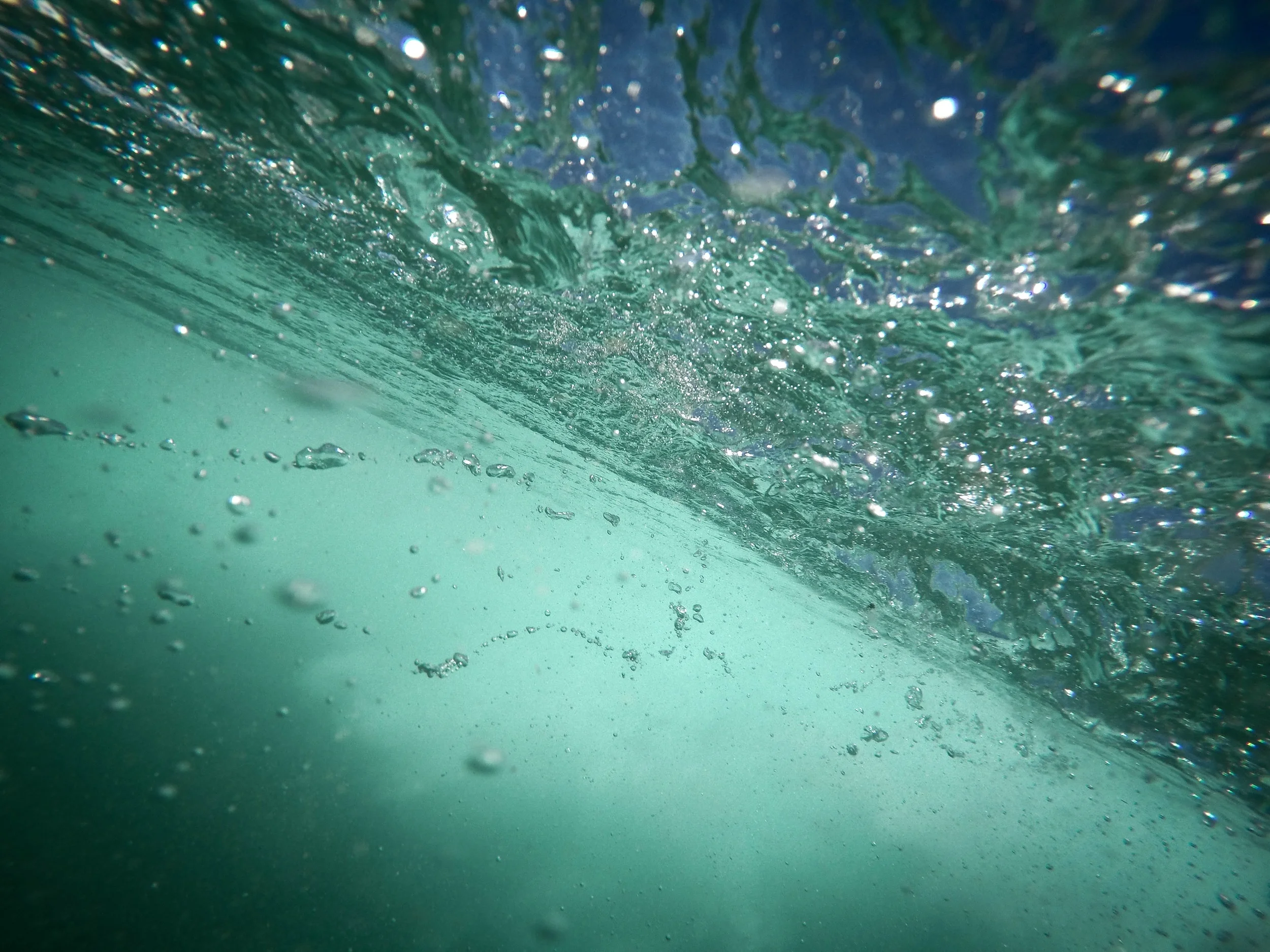Laban Hyper Space Fluidity!
Laban Movement Analyses (LMA) is a method and language for describing, visualizing, interpreting, and documenting all varieties of human movement. It uses a multidisciplinary approach, incorporating contributions from anatomy, kinesiology, and psychology. It is used as a tool by dancers, musicians, movement and physical therapists and athletes.
Laban Movement Analysis is generally divided into 5 categories:
- Body (total-body connectivity)
- Effort (energetic dynamics) -“X”
- Shape
- Space (choreutics, space harmony)
- Mobility/stability
Body
This category is responsible for describing which body parts are moving, which parts are connected, which parts are influenced by other parts and general statements about body organization.
Sub categories would be:
- Initiation of movement starting from specific bodies
- Connection of “different bodies” to each other
- Sequencing of movement between parts of the body and patterns of organization and connectivity called, “Neuromuscular Shape Shifting Patterns”
Effort
Energetic dynamics “X Factor”
Shape
Laban applied the ideal shape patterns of the platonic solids as forms to the actualized movement of humans, aligning with and closely approximating the space of these forms. Linking the directions of the vertices of a shape, following the natural spatial pulls to move along al directions within this shape, he came to Specific Movement Scales. Patterned movement sequences that can be repeated, in which one move through a platonic solid in a predefined way. Moving these scales opens up the body in space, enlarges spatial awareness at the same time balances the body spatially.
Space (choreutics)
Rudolf Laban created a movement theory and practice that reflected what he recognized as Space Harmony. The practice theory is based on universal patterns of nature and of man as part of a universal design/order and was named by Laban, Space Harmony or choreutics. Being a dancer/choreographer, he saw the everyday patterns of human action and abstracted the essence of these into “The Art of Movement.” He saw spatial patterns in human movement and recognized the shapes of the Platonic Solids with these patterns.
Mobility/Stability (Joint Continuum)
Mobility and stability are complementary in nature. When you strive to improve mobility at a joint, to some degree you sacrifice stability. It works the opposite as well. The more stable you make a joint, the more you inherently restrict its mobility. When examining mobility, the key factors involved include the architecture of the joints at hand, soft tissue length, and neural control over surrounding muscle groups.
Mobility: the ability to produce a desired movement
Stability: the ability to resist an undesired movement
Stability is created via a blend of active and passive influences. Pressure constraints include the joint capsule, ligaments, and the joint architecture itself, along with more active constraints like motor control of surrounded musculature, muscular strength, etc. Each joint served a specific purpose—to produce a given movement.


